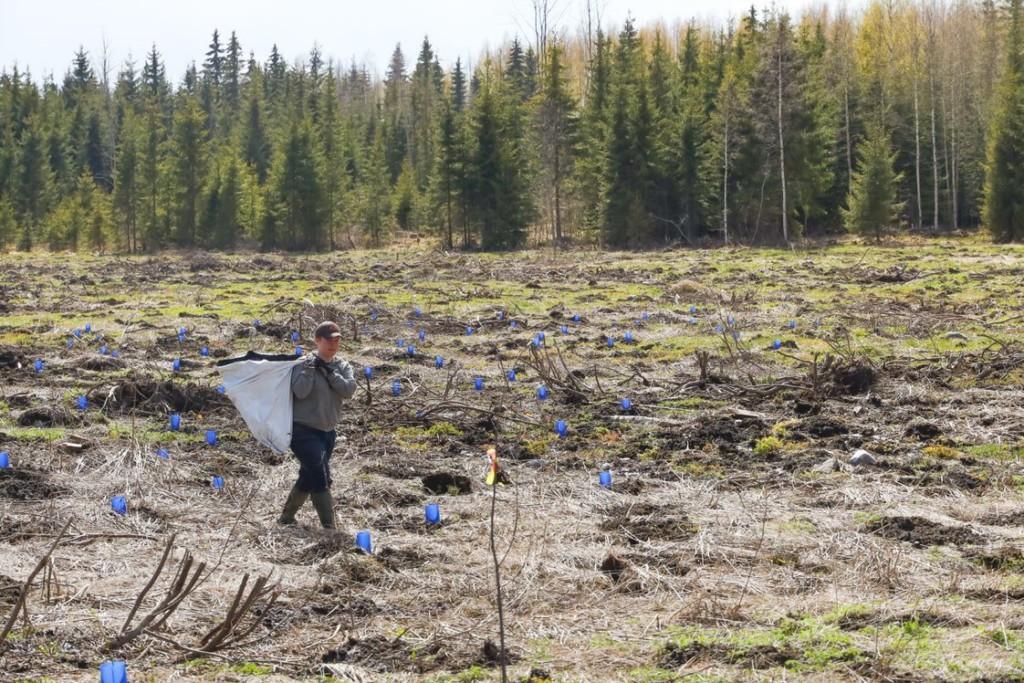Transparent, authentic and ethical.
If justified compensation is to be sold to businesses, carbon sinks must be additional. This means that the planted forests could not have come to existence naturally without the compensation payment. Without additionality, the projects impact on climate change would be questionable. Our forestation projects are situated on land that doesn’t allow natural forest growth without our help. In addition, Puuni only plants the amount of trees that are compensated. This strengthens our additionality as no trees are planted without compensation.
Our carbon sinks consist of the growth of biomass and the carbon that is contained in the soil. These calculations are done by natural resource agencies and because of this, our projects are highly authentic and transparent.
Puuni doesn’t create forests to work solely as carbon sinks. We want to establish habitats for abundant biodiversity, which is why we always plant a diversified selection of trees. This makes our forests resilient against diseases and pests, as well as durable in changing climates.
Our contracts have the duration of 100 years and we aim to have our forests protected by the land owners after the contract expires. To prevent double accounting, the forest carbon sink capacity is owned solely by Puuni. All of our carbon sinks will have a project description that abides with the standards of LULUCF (Land Use, Land-Use Change and Forestry) Guidance for GHG Project Accounting.

All of our Carbon Sinks are additional
Why is additionality so important when thinking about carbon compensation options? When deciding on a compensation, you need to ask yourself, would this happen without my compensation money? If the answer is yes, the compensation is questionable and doesn’t effectively fight climate change. The concept of additionality is paramount with any compensation, not just carbon sinks.
A good example of a compensation with an additionality issue would be investing in modernizing the production of an old coal plant. It is highly likely that the coal plant would eventually modernize its production even without compensation investment. Secondly, the carbon emission efficiency would improve even if total emissions stayed the same because total production increases. This kind of compensation might not reduce the total carbon footprint of the coal plant, just the ratio of emissions per production would be decreased.
Another example is compensating through existing forests. Investing in a contract that restricts landowners from cutting down forest for a timeframe of 10 years is not valid compensation because landowners could wait 10 years anyway. In essence, it is not clear if the compensation money makes a difference.
